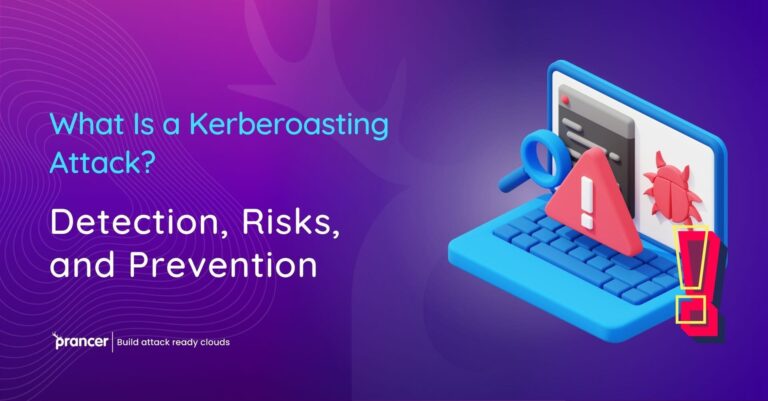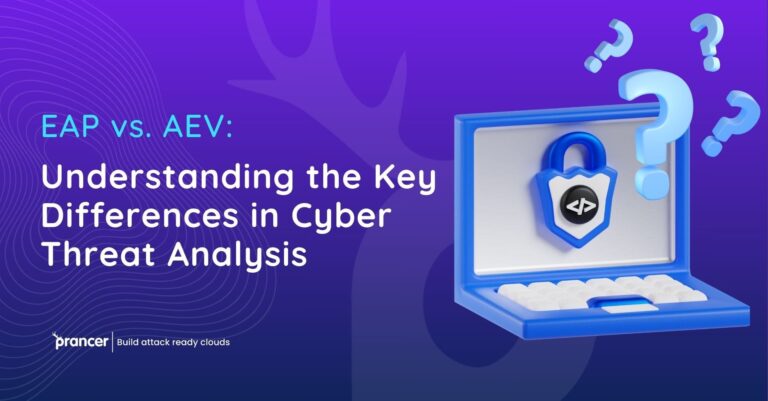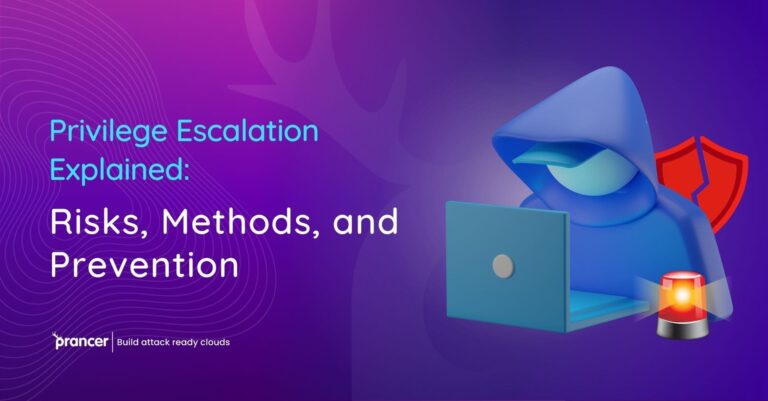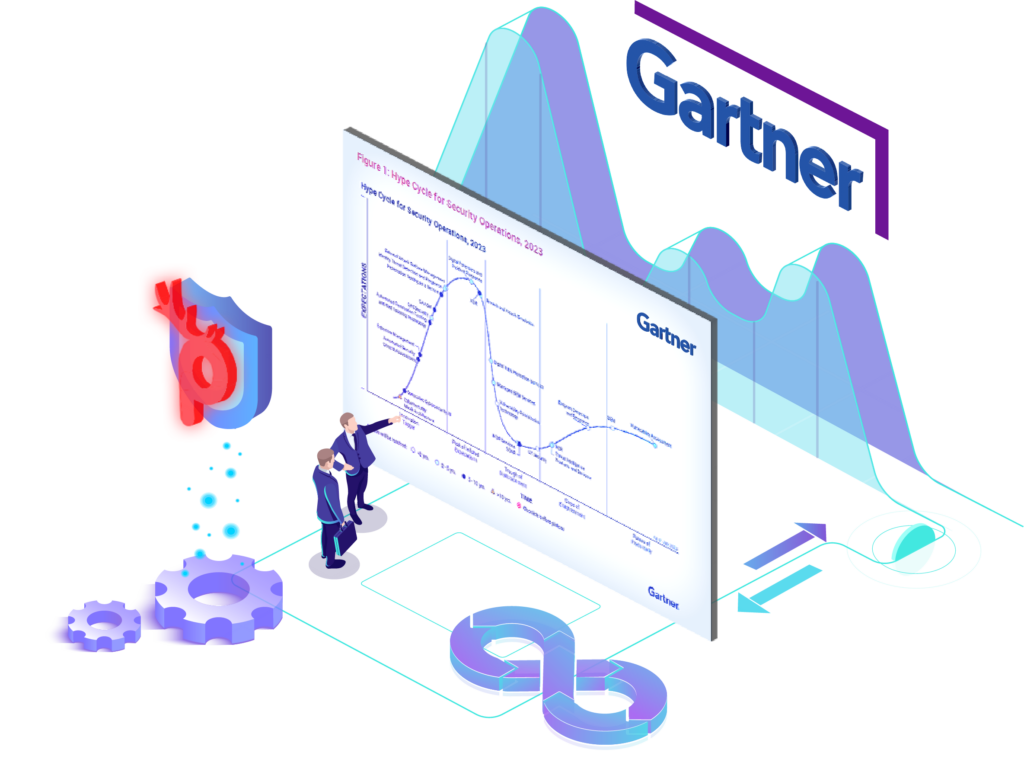Introduction:
Infrastructure as Code (IaC) has revolutionized how organizations manage and provision their infrastructure. Within this domain, two primary methodologies prevail: procedural and declarative languages. This article also compares these approaches and highlights the relevance of automated security solutions to enhance application security. See how Prancer’s advanced solutions can enhance your IaC protection measures and shield your applications.
Understanding Procedural and Declarative Languages’ Impact on Application Security:
Procedural Language vs. Declarative Language: In Infrastructure as Code (IaC), declarative language means that one defines the procedures and steps to be followed to achieve the state that is required of the infrastructure. On the other hand, declarative language lays emphasis on specifying the desired outcome that is expected at the end and the process of attainment is handled by the IaC tools. They both affect application security equally, thus ensuring appropriate measures are put in place regardless of the methodology adopted.
Harnessing Automated Security Solutions for Enhanced IaC and Application Security:
The Potency of Automated Security: ESs are critical to improving the security of applications in the PDL and DCL paradigms in IaC. Such tools can identify weaknesses, monitor changes to the system or network, and prevent security threats with the help of complex algorithms, constant monitoring, and threat data received in real-time. The automated security solution developed under the Prancer name is one of the most noteworthy and provides various features focused on the enhancement of IaC security and application protection.
Selecting the Optimal Approach for Application Security with Prancer’s Automated Solutions:
- Safeguarding Procedural Language Infrastructure as Code (IaC): When organizations use procedural language in IaC, Prancer’s security solutions provide constant security to scan and correct the risky areas and alterations. With automations of the security assessments and the integration of the proactive security measures, the application security can be strengthened and embedded in the organizations’ procedures.
- Embracing Declarative Language Infrastructure as Code (IaC) Security: In the context of declarative language IaC, the Prancer’s automations help organizations to save the time and check the security posture of infrastructure designs and configurations. By having the automated security audits and adherence checks to the security best practices, the right start to the intended end-state is achieved by Prancer.
- Hybrid Approaches for Application Security: In some cases, organizations use both procedural and declarative language in IaC, although not as officially formal as in the case of the first category. The possibilities of automating security in Prancer’s solutions mean that it is a flexible security system for hybrid environments that can perform constant monitoring of the hybrid infrastructures’ security status, identify their vulnerabilities, and report on their compliance with various standards as required by the hybrid environments.
Moreover, besides the introduced automated security solutions, Prancer provides extra features such as the secure code repository, access management, and real-time threat intelligence to strengthen the IaC security. Therefore, through acquiring Prancer’s range of automated security tools, organizations can successfully maneuver through the procedural versus declarative language terrain, fortify application security, and guarantee the solidity and security of their structures.
Conclusion
Fortify Your Application Security with Prancer’s Automated Solutions in Procedural and Declarative Language Infrastructure as Code (IaC): Fortify Your Application Security with Prancer’s Automated Solutions in Procedural and Declarative Language Infrastructure as Code (IaC):
The choice between procedural and declarative language paradigms in IaC directly influences the application’s security.






